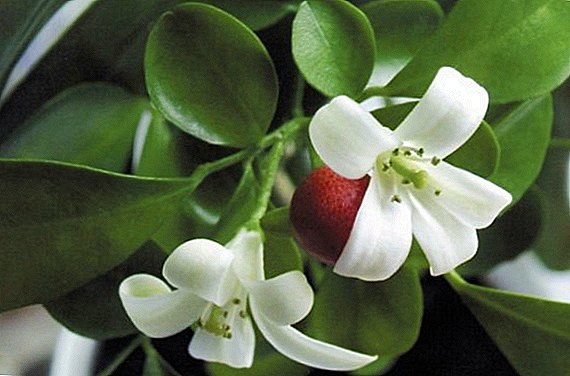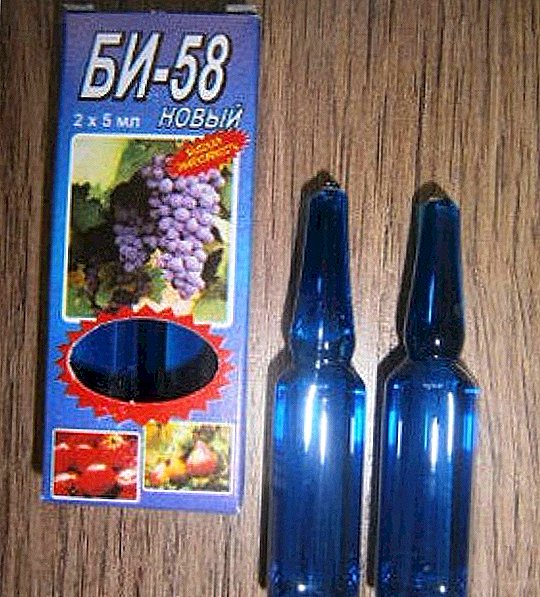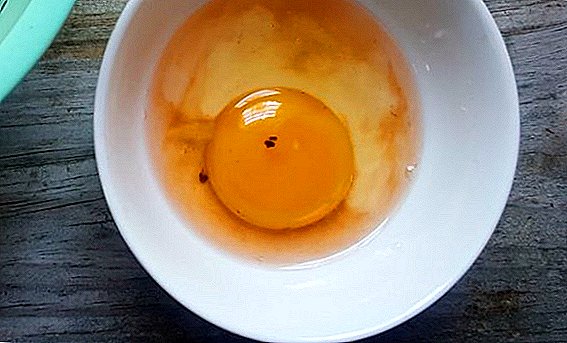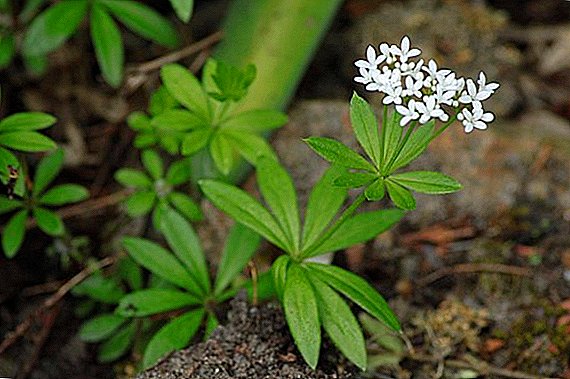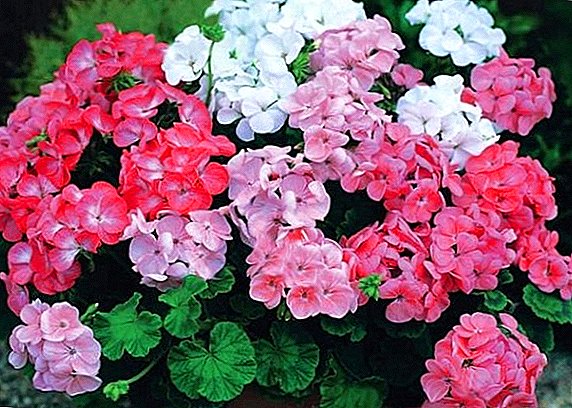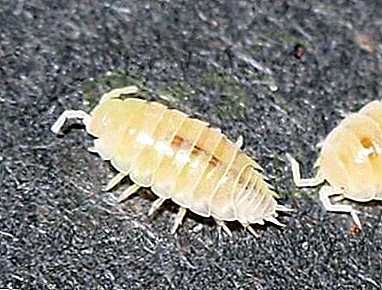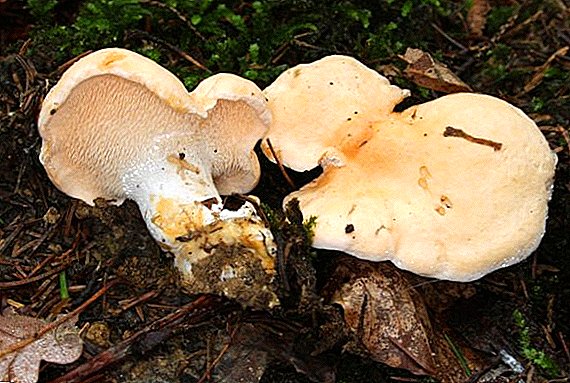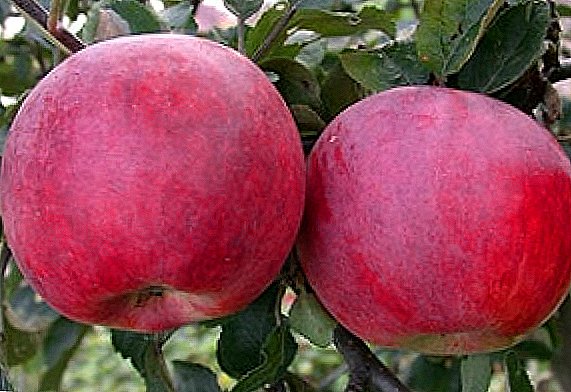
Apples are called a vitamin store of land. They contain a huge amount of vitamins and trace elements necessary for the activity of the body. Fruit is the main source of iron, potassium and calcium, has a positive effect on the work of the digestive tract, heart and blood vessels, has a tonic effect on the skin.
For a person who cares about his health, you need to remember a simple "grandmother's" rule: he ate an apple for dinner - and you don't need a doctor. And here we ask ourselves the question: which apples are better to eat, what is so useful or harmful to eat?
Well, let's try to figure out what kind of magic fruits that prolong life and beauty, using the example of early apples that ripen from the beginning of August. The most popular varieties of early apples are familiar to many of us since childhood, for example, white filling. Below we will look at them. features, taste, advantages and disadvantages.
White filling

Apples are autumn fruits, but early varieties can be enjoyed at the end of summer. The most popular and common variety of early apples is white filling. This variety is well known to all thanks to the noble color of its fruits (ivory color). Hence partly the name of the variety.
The size of an adult tree reaches 3-5 meters in height, and the size of the fruit depends on its age: the younger the tree, the larger the apples and the smaller their number. Trees of this species are not afraid of winter frosts, but are prone to tree pests, so that every season, after the harvest, it is necessary to process the trees.
The fruits have a round-conical white color, through which you can see the greenish flesh. The flesh itself is very fragrant, coarse-grained and crumbly with a sweet-sour taste, but without an excess of acid. The fruits ripen completely around the end of August, but they are removed twice (in the first week of August and the last).
White filling ripens early and very quickly, so only 3-4 weeks are given for the harvest.
Apples can be immediately removed from the tree and there is, by the way, such fruits are the most delicious and useful, but do not forget to wash them before eating (hygiene first and foremost).
But not so good: the shortcomings of the variety
However, it should be noted that with all its advantages, this variety has serious drawbacks. When harvesting, apples should be processed immediately, as they are not stored for a long time: they deteriorate quickly at the slightest blows or fall, which makes it impossible to transport them over long distances. Therefore, most of them make juices, mashed potatoes, tinctures.
Particular attention should be paid to the time of ripening of the fruits, since when they ripen, taste is lost: the flesh becomes powdery and looks like cotton, the skin is easily separated from the pulp.
Paping

This variety is often called white in bulk, but this is not entirely true. They are related but have some differences. The tree comes from the Baltic, where it has a different name (Baltic, Alabaster), and Papirovka comes from Polish and Ukrainian terms - paper, probably because of its shade.
So, the question arises: how to distinguish these two very similar varieties? Here are the main differences: apples papirovoka ripens a week earlier than the white filling; fruit taste is characterized by an excess of acid, as well as an increased level of ascorbic acid; apples have a characteristic white seam in the middle of the fruit.
Trees yield 4-5 years after planting, on average, an adult tree can produce up to 70 kg of apples. They are less susceptible to pests and diseases, but less resistant to frost and drought. Before winter, you need to warm these trees and protect the bark from forest pests. Also this variety is the main one, on which many other varieties are derived, for example, Glory to the winners.
And now about the shortcomings ...
The disadvantages include the same indicators as the white filling: low transportability, susceptibility to the slightest damage, a short shelf life of 2-3 weeks, rapid decay in the event of damage. In order to store fruit for some time, they need to be removed slightly underripe or immediately processed into jam, jams or mashed potatoes, depending on what your family loves more.
Variety of apples Grushovka Moscow

One of the favorite apple trees for summer cottages. The tree itself has a dense leafy cover. At a young age, the crown has the shape of a pyramid, and with age its branches wilt and the crown takes the shape of a ball. Fruits vary in color from light green to pale white or even lemon in color, with bright red and dark pink stripes.
The taste of apples differ in bright sourness, which indicates the presence of vitamins B and C. Eating apples can be already in late July and early August. The main advantages include frost resistance, yield up to 70 kg from one tree, early fruiting, the presence of vitamins B and C, as well as sugar, which quickly dissolves in the body and increases the amount of the hormone of joy.
And as always, there are several "but" that spoil the whole picture.
Apples do not tolerate transportation, fruits ripen differently on the tree, and this complicates harvesting. In drought conditions, an apple tree can shed its fruits and is easily exposed to apple scab, especially during the rainy period. It is not rational to make apples or jam from apples, as their acidity will require a lot of sugar, therefore it is better to use them raw (more benefit - less headache).
Variety Mantet

Apple fruits of this variety have Canadian roots. They were taken to the experimental station in Manitoba in 1928 using the natural pollination of the old Russian variety Moscow pear. The crown of the tree is not thick, but it has a powerful branchy skeleton. The fruits of the tree are larger than those of its mother, and have brighter taste.
The shape of the apples is rounded oblong with a slight ribbing in the upper part. The color resembles a Moscow pear tree; only apple apples have a more pronounced orange-red color with slight patches of yellow and light red.
The taste in apples almost does not feel acid, they are very sweet, and the white flesh is very fragrant. The fruits ripen from late July to late August.
Advantages and disadvantages
Among its main advantages: fast fruiting, very tasty fruits and early ripening, but not less and disadvantages. Apples can be stored no more than 10-15 days, trees are susceptible to scab, and also badly tolerate extreme cold.
Variety Melba: Description

This variety ripens in late summer and also has Canadian origin. It was bred in 1898 in the state of Ottawa during pollination by another Canadian variety Macintosh, which belongs to the autumn-winter varieties. Melba variety got its name in honor of Australian opera singer Nelly Melba.
Apple fruits have an average weight of 150 grams, but the largest ones can reach 200 grams. The color has a light green tint, and when ripe, it approaches yellow, on which a bright red blush takes up half.
Advantages and disadvantages of this variety
Also among their advantages is a wonderful sweet-sour taste with snow-white flesh. Apples are usually harvested in mid-August, but if summer is not hot, then the harvest can be extended until mid-September. Unlike the varieties described above, Melba perfectly transports transportation, if you pick fruits that are not overripe, you can keep them in the refrigerator until November, and if you pick them greenish, you can extend storage until January. Therefore, this variety is most often grown for sale.
On the minuses, one can only say that the tree is prone to scab and it is difficult to tolerate the frosty winter, and also, an adult plant is prone to periodicity of fruiting and low self-pollination.
It is also interesting to read about apple varieties for Siberia.
Quinty Apple

The apple tree is from Canada, where it was bred by crossing the varieties of Crimson Beauty and Red Melba. By its properties it is very close to the Melba variety, it matures 4-5 days earlier than the white filling, but is poorly stored (no more than 10 days).
Apples have a delicate red color with splashes of greenish-yellow color. The flesh of the immature fruit is white, and the ripe fruit has a creamy tinge, with a sweet-sour taste. It is preferable to eat apples without processing.
Among the main disadvantages: low transportability, susceptibility scab, low winter resistance. But she is not afraid of drought and hot summer.
Sort Julie Red
Julie Red varieties of apple trees are an achievement of Czech breeding, which cultivated a variety by crossing Quinti and Discovery varieties. The fruits ripen at the end of July and have a light green color with a reddish tinge over the entire surface of the apple. Julie Red begins to ripen before melba.
In taste, it is not inferior to the same Melbe, but has a higher yield and resistance to disease. This applies, as a rule, to all hybrid varieties that are grown by crossing.
Sort Williams Pride

The apple variety came to visit us from the USA, where it was taken out of a gradual crossing of the varieties Melba, Red Rom, Jonathan, Molis Delishes, Julie Red, Welsey, Rum Beauty and Starr. The tree begins to bloom early and very abundantly, bears fruit every year, but unevenly. Apples begin to ripen in late July and early August, but ripening is not the same, so the collection is carried out in several stages, but you can store them for up to 1.5 months, which is very rare among early apple varieties.
The color range of ripe fruit is dark red, almost purple, with a sweet-sour taste, crispy creamy flesh. Such a crossing, when breeding, made this variety very resistant to major apple pests and allowed its fruits to be stored for a long time, and they are still recommended to be consumed fresh.
By the way, this is not all the early varieties of apples that can be grown and found with us, but we talked about the most popular and useful. After all, there is nothing better than good health and good immunity to the winter cold and frost. Be healthy!


